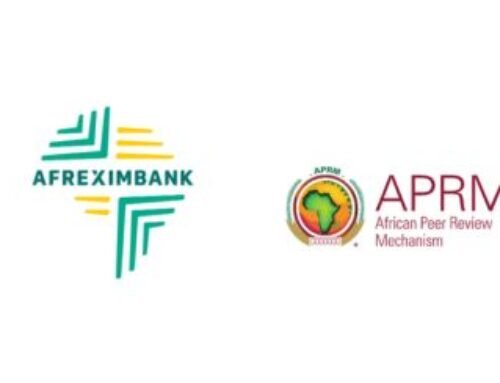
Following the default under the sixth Zambian president in 2020, the country’s current administration has encountered obstacles in restructuring the nation’s substantial external debt, totaling $13 billion, including $3 billion in foreign currency Bonds.
The restructuring process faced significant hurdles as China and other official creditors hesitated to reach an agreement regarding the distribution of losses. This delay in Zambia’s debt restructuring has drawn attention globally, perceived as a litmus test for the G20’s “Common Framework” aimed at sovereign debt restructuring for developing nations, initiated in response to the pandemic’s economic impact.
Launched in November 2020, the G20-backed Common Framework was designed to address unsustainable debts faced by low-income countries. While fundamental principles were established at its inception, defining supplementary guidelines proved more challenging than anticipated.
As Zambia enters its fourth year of default, doubts arise about the effectiveness of the framework, potentially impacting other low-income countries seeking debt rework within the Common Framework, such as Egypt, Kenya, Ethiopia, and Tunisia.
On October 26, 2023, Zambia announced a tentative agreement with its international bondholders on debt restructuring terms. The proposed restructuring involved converting three existing Bonds into two new amortising bonds maturing in 2035 and 2053, respectively, resulting in an 18% nominal haircut under both scenarios.
However, bilateral creditors objected to the terms, believing them to be inadequate compared to relief offered in a separate deal. Despite this, the International Monetary Fund (IMF) approved an immediate $187 million loan payout to Zambia on December 20, 2023. Zambia is revising its restructuring proposal for $3 billion of bonds objected to by official creditors.
While significant progress has been made, the IMF emphasised the need for further adjustments to meet program parameters and achieve comparability of treatment as required by official bilateral creditors.








Leave A Comment